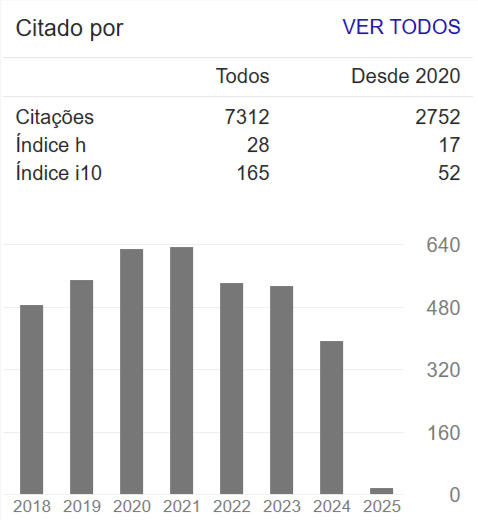Relationship between precipitation and groundwater recharge in the Central Amazon
Abstract
Groundwater in the Amazon is of fundamental importance in maintaining ecosystem services and meeting human demands. Despite the existence of large freshwater bodies in the region, social requests are fulfilled mostly from groundwater sources. In general, increasing groundwater demands associated with demographic growth and land use patterns may have an impact on the overall water availability and presumably in the rainfall-recharge relationships. The effects of interannual weather events such as ENSO, in their different manifestations (El Niño and La Niña), are added to these factors. This study aims to correlate the annual and episodic recharges in Alter do Chão and Trombetas aquifers with precipitation between 2011 and 2018, having as a particular focus the El Niño event of 2015-2016. The analysis consists of estimating the recharge rates obtained from the Water Table Fluctuation method (WTF) and comparing groundwater table variations to the total water storage deficit for the period in this area. Patterns of interannual groundwater behavior correlate with the variability observed for precipitation. The average annual recharge for both aquifers, the Alter do Chão and the Trombetas, were 35% (572mm) of the annual rainfall of 1647mm and 24% (473mm) of the yearly rain of 1954mm precipitated respectively. The minimum water levels occurred in January of 2016 and are associated with the effects of ENSO's phenomena.

















